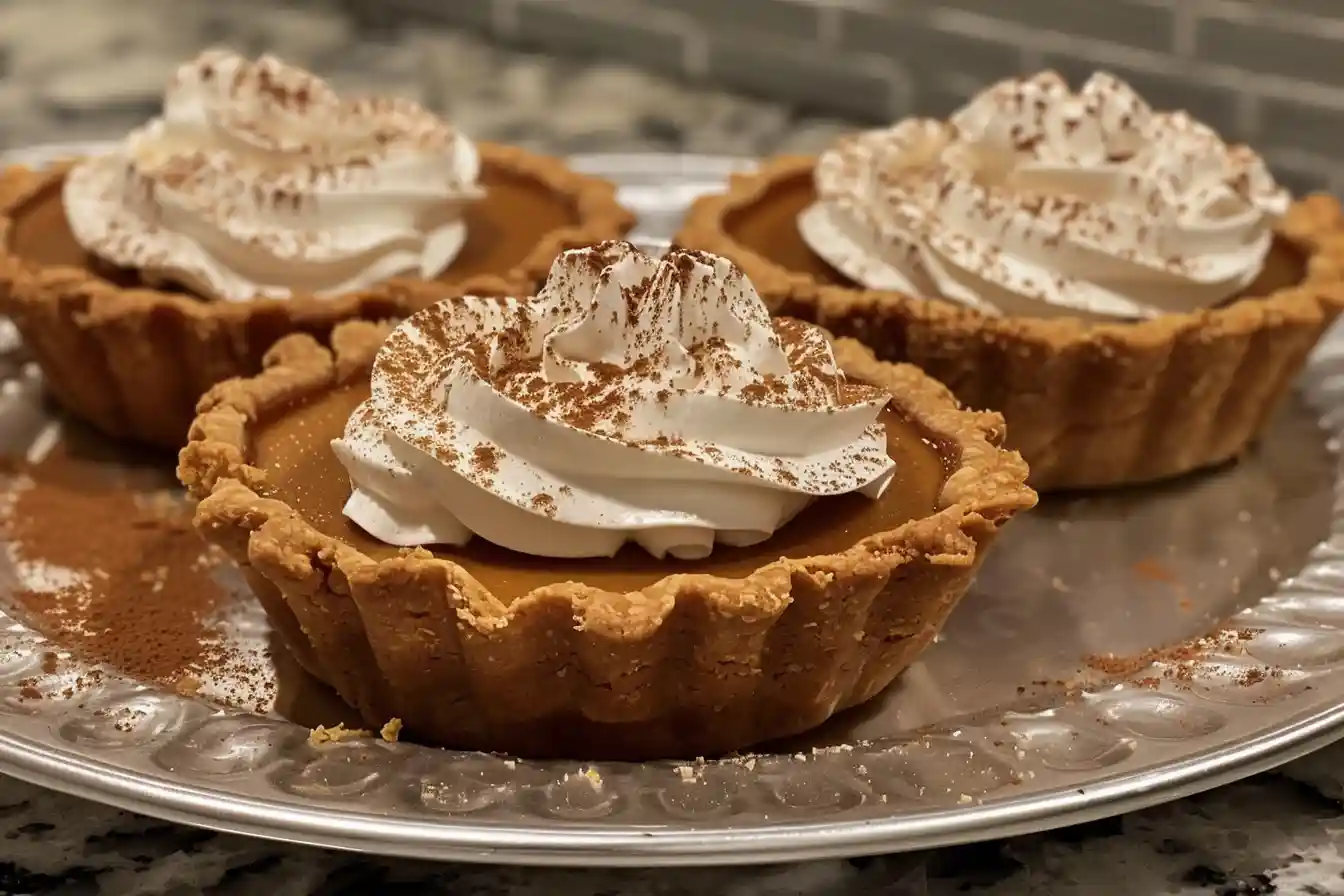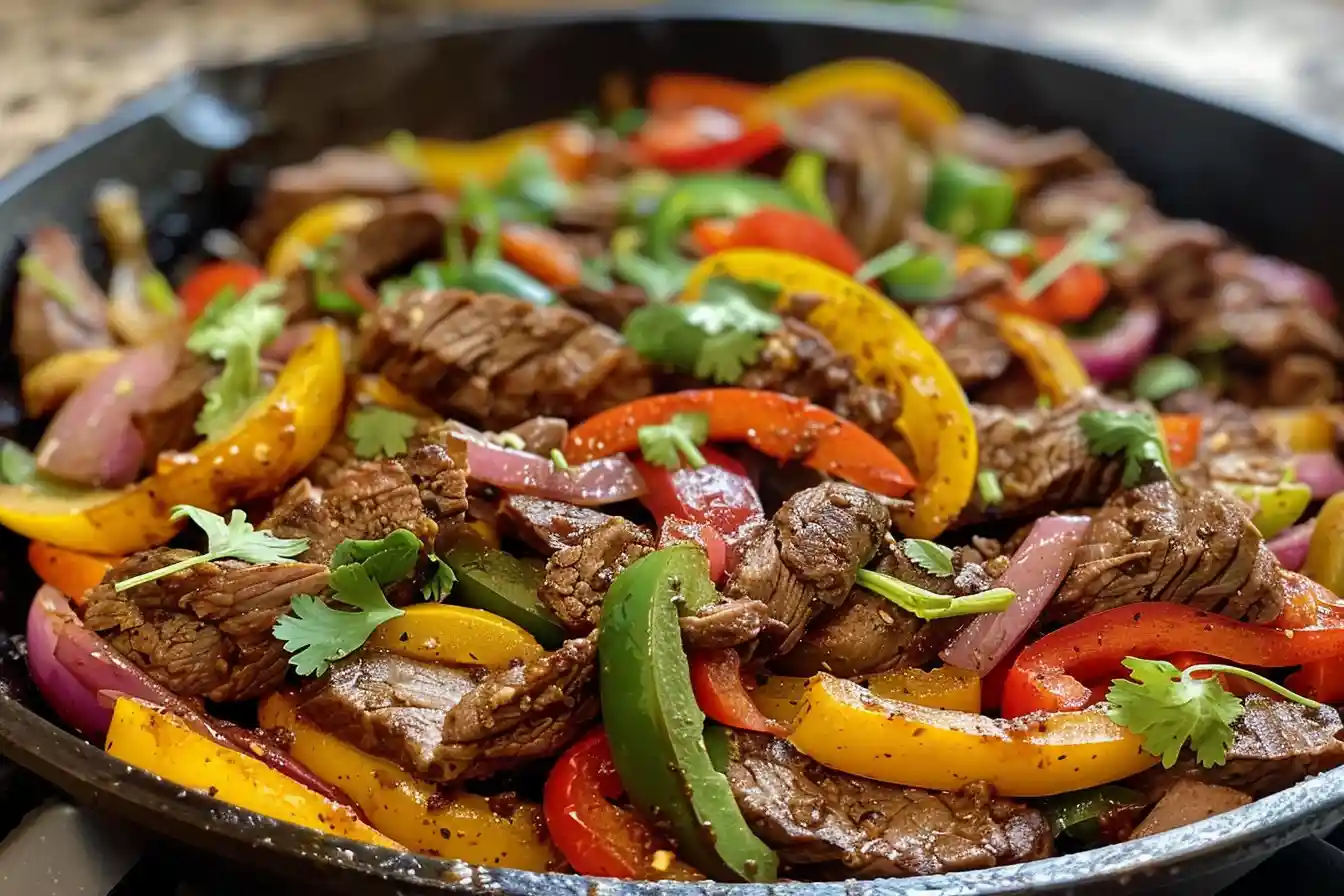Making the perfect pizza dough for an Ooni pizza oven is crucial for achieving that authentic, delicious pizza you crave. Ooni ovens operate at extremely high temperatures, cooking pizza in as little as 60-90 seconds. This fast cooking time requires a special dough that can handle the intense heat while producing a light, crispy crust with a soft interior.
In this guide, we’ll walk you through how to make pizza dough for Ooni, from choosing the right ingredients to cooking tips for the perfect pizza. Let’s dive in and master the art of making pizza dough that’s tailored specifically for your Ooni oven.
Why Pizza Dough for Ooni Is Different ?
What Makes Ooni Pizza Ovens Unique?
Ooni pizza ovens are renowned for their ability to cook pizzas quickly due to their high-temperature capabilities (up to 900°F or 482°C). The intense heat creates a charred, crispy crust, mimicking the results you’d get from a traditional wood-fired oven. But for this to work effectively, you need dough that’s hydrated and can develop the right structure.
Essential Ingredients for Ooni Pizza Dough
To make the perfect dough for your Ooni, you’ll need to focus on a few key ingredients. The right combination ensures that your pizza dough holds up under the high heat without becoming soggy or too chewy.
1. Flour
The type of flour you choose plays a critical role in the texture and taste of your dough.
- 00 Flour: The gold standard for Ooni pizza dough. Its fine texture and high protein content create a soft, yet stretchy dough that cooks perfectly at high heat.
- Bread Flour: High in protein, which helps in creating gluten for a chewy texture.
- All-Purpose Flour: A suitable alternative, though it won’t give you quite the same level of chewiness.
Tip: 00 flour is your best bet for Ooni ovens because it handles the high temperatures well, creating the perfect balance between crispy and chewy.
2. Water
Water hydrates the flour and helps to activate the gluten. For Ooni pizza dough, aim for about 65% hydration (i.e., 65 grams of water per 100 grams of flour).
- Use cold water for slow fermentation.
- Use warm water to activate yeast faster.
3. Yeast
Yeast makes the dough rise, creating the air bubbles that give your pizza a light and airy crust. You can use:
- Instant Yeast: Easy to use and doesn’t need to be activated in water.
- Active Dry Yeast: Needs to be dissolved in water before adding to flour.
- Fresh Yeast: Requires activation and a longer rise time.
4. Salt
Salt is essential for flavor, and it also helps strengthen the gluten structure in the dough. Use around 2% salt in relation to the flour (e.g., 2 grams of salt for every 100 grams of flour).
5. Olive Oil (Optional)
Some pizza makers add a small amount of olive oil to the dough to enhance flavor and texture. However, it’s not necessary for Ooni dough, as it can impact the dough’s ability to handle high heat.

Equipment You Need for Making Pizza Dough
1. Mixing Bowl
A large, sturdy mixing bowl is necessary for combining the dough ingredients.
2. Digital Scale
For accuracy, use a digital scale to weigh your ingredients, especially the flour and water.
3. Dough Scraper
A dough scraper is useful for shaping and handling sticky dough without tearing it.
4. Stand Mixer (Optional)
A stand mixer can make kneading easier, especially for large batches of dough.
5. Proofing Container
Use a proofing container or dough box to store your dough during fermentation.
Step-by-Step Guide to Making Pizza Dough for Ooni
1. Mixing and Hydrating the Dough
- Measure your ingredients accurately using a digital scale. For best results, use the baker’s percentage method:
- 500g of 00 flour
- 325g of water (65% hydration)
- 10g of salt
- 3g of instant yeast
- In a large mixing bowl, combine the water, yeast, and a small portion of the flour.
- Gradually add the rest of the flour and mix until the dough comes together.
- Add the salt once the flour is mostly hydrated.
2. Kneading the Dough
- Knead the dough by hand for about 10 minutes, or use a stand mixer with a dough hook for about 6 minutes.
- You’ll know the dough is ready when it’s smooth and elastic. Perform the “windowpane test” by stretching a small piece of dough—if it stretches without tearing, you’re good to go.
3. First Rise (Bulk Fermentation)
- Let the dough rise in a covered bowl at room temperature for about 1-2 hours, or until it has doubled in size.
- Bulk fermentation helps develop flavor and gluten.
4. Shaping the Dough Balls
- Once the dough has risen, divide it into four equal portions (about 200-250g each).
- Shape each portion into a smooth ball by tucking the edges underneath.
5. Final Proofing
- Place the dough balls in a lightly floured proofing container and let them rest for another 30 minutes to 1 hour.
Cold Fermentation: Why It’s Essential for Ooni Pizza Dough ?
Cold fermentation is a key technique to enhance the flavor and texture of your dough.
What Is Cold Fermentation?
Cold fermentation involves allowing the dough to rise slowly in the refrigerator over 24-72 hours. This extended fermentation time helps develop complex flavors and makes the dough easier to stretch.
Benefits of Cold Fermentation
- Improved flavor: The long fermentation creates more nuanced flavors, with a slight tang similar to sourdough.
- Better texture: Cold-fermented dough tends to have a more open crumb and better elasticity.
How to Cold Ferment Your Dough
- After shaping the dough balls, place them in a covered container and refrigerate for up to 72 hours.
- When you’re ready to make pizza, allow the dough to come to room temperature for 1-2 hours before stretching.
Storing Dough for Later Use
- Cold-fermented dough can be stored in the fridge for up to 3 days.
- You can also freeze the dough for future use—simply thaw it in the fridge overnight before using it.
Stretching and Shaping the Dough for Ooni Pizza
Preparing the Dough for Stretching
- Remove the dough from the refrigerator 1-2 hours before you plan to make pizza, allowing it to reach room temperature.
- Lightly dust your work surface with flour or semolina to prevent sticking.
How to Stretch Pizza Dough by Hand
- Press the dough ball into a disk using your fingertips, starting from the center and working your way outward.
- Avoid stretching the dough too thin in the middle, as this can cause tears.
- Use the “slap and stretch” technique to stretch the dough to your desired thickness.
Tips for a Perfect Pizza Shape
- Don’t worry if your pizza isn’t perfectly round—rustic shapes are part of the charm!
- Transfer the stretched dough to your Ooni pizza peel and prepare to launch it into the oven.

Cooking the Pizza in an Ooni Oven
Preheating the Ooni
- Preheat your Ooni oven for at least 15-20 minutes before cooking. The oven should reach 500°C (900°F) to ensure quick cooking.
Launching the Pizza
- Dust your pizza peel with flour or semolina to prevent sticking.
- Transfer the stretched dough to the peel, making sure it can slide off easily.
- Add your toppings (less is more to avoid soggy pizza), and quickly launch the pizza into the Ooni oven.
Cooking Time and Temperature
- Cook the pizza for about 60-90 seconds, rotating it halfway through to ensure an even cook.
- The intense heat will create a crispy, charred crust with a soft interior.
Signs Your Pizza Is Done
- Look for a golden-brown crust with charred spots.
- The bottom should be crisp but not burnt, and the cheese should be melted and bubbling.
Avoiding Common Mistakes
- If your pizza is burning on the outside but raw inside, reduce the oven’s temperature or adjust your cooking time.
Troubleshooting Common Pizza Dough Issues
Dough Too Sticky
- Cause: Too much water or under-kneading.
- Fix: Dust the dough with flour or knead it for a few more minutes to develop gluten.
Dough Too Tough
- Cause: Over-kneading or too little hydration.
- Fix: Adjust your hydration levels or give the dough more time to relax.
Uneven Crust or Burning
- Cause: Uneven stretching or excessive heat.
- Fix: Stretch the dough evenly and monitor the oven temperature closely.
Pizza Sticking to the Peel
- Fix: Use more flour or semolina on the peel, and shake the peel before launching the pizza to make sure it slides easily.
FAQs: Common Questions About Making Pizza Dough for Ooni
00 flour is ideal due to its fine texture and ability to handle high heat.
Let your dough rest at room temperature for 1-2 hours before stretching to relax the gluten.
Yes, but you may need to adjust hydration and fermentation times for optimal results.
A hydration level of 65% is optimal for Ooni dough, creating the perfect balance between chewiness and crispness.
Store leftover dough in an airtight container in the fridge for up to 3 days or freeze it for later use.
Tips for Making the Best Pizza Dough for Ooni Every Time
- Use high-quality ingredients, especially 00 flour and filtered water.
- Experiment with fermentation times to achieve the best flavor.
- Master your stretching technique for a perfectly shaped pizza.
- Always preheat your Ooni oven to the highest temperature before cooking.
Conclusion
Making the perfect pizza dough for your Ooni pizza oven is all about understanding the ingredients, fermentation process, and techniques to handle high heat. With this guide, you’ll be well on your way to making restaurant-quality pizza at home!





